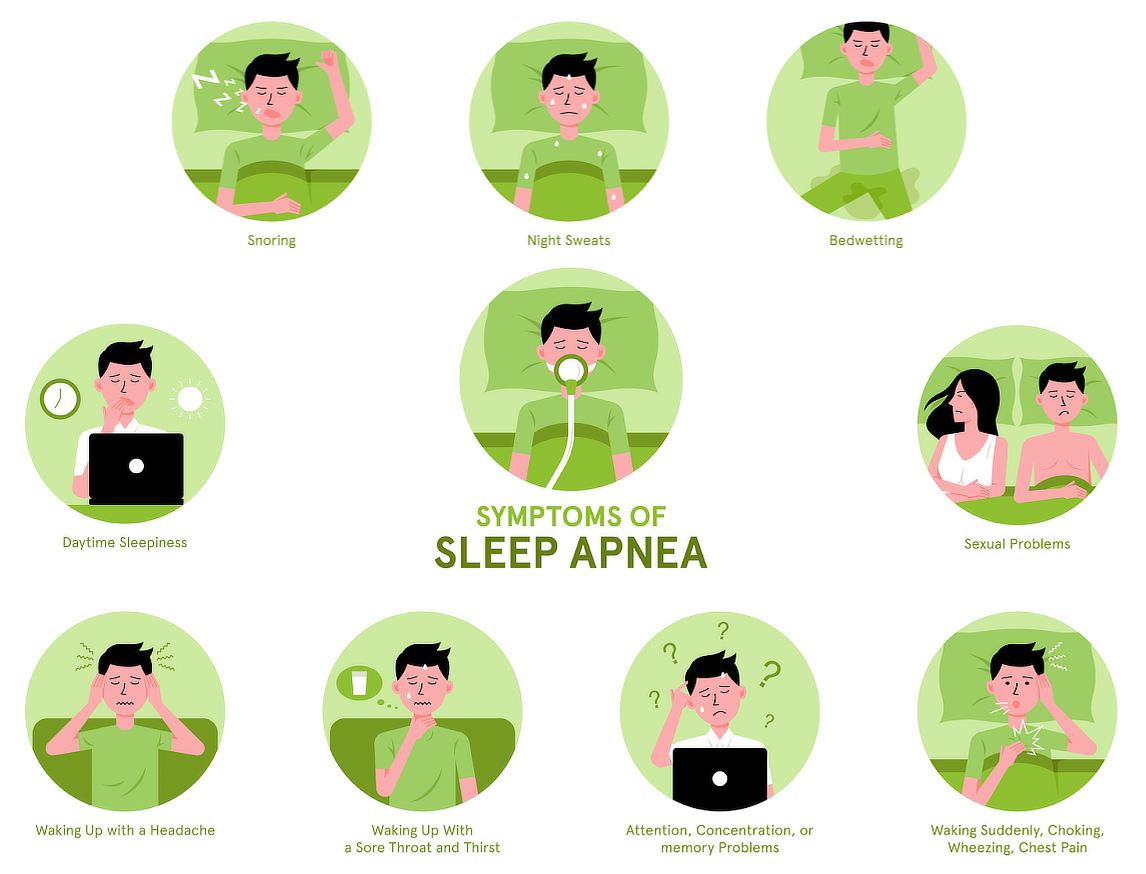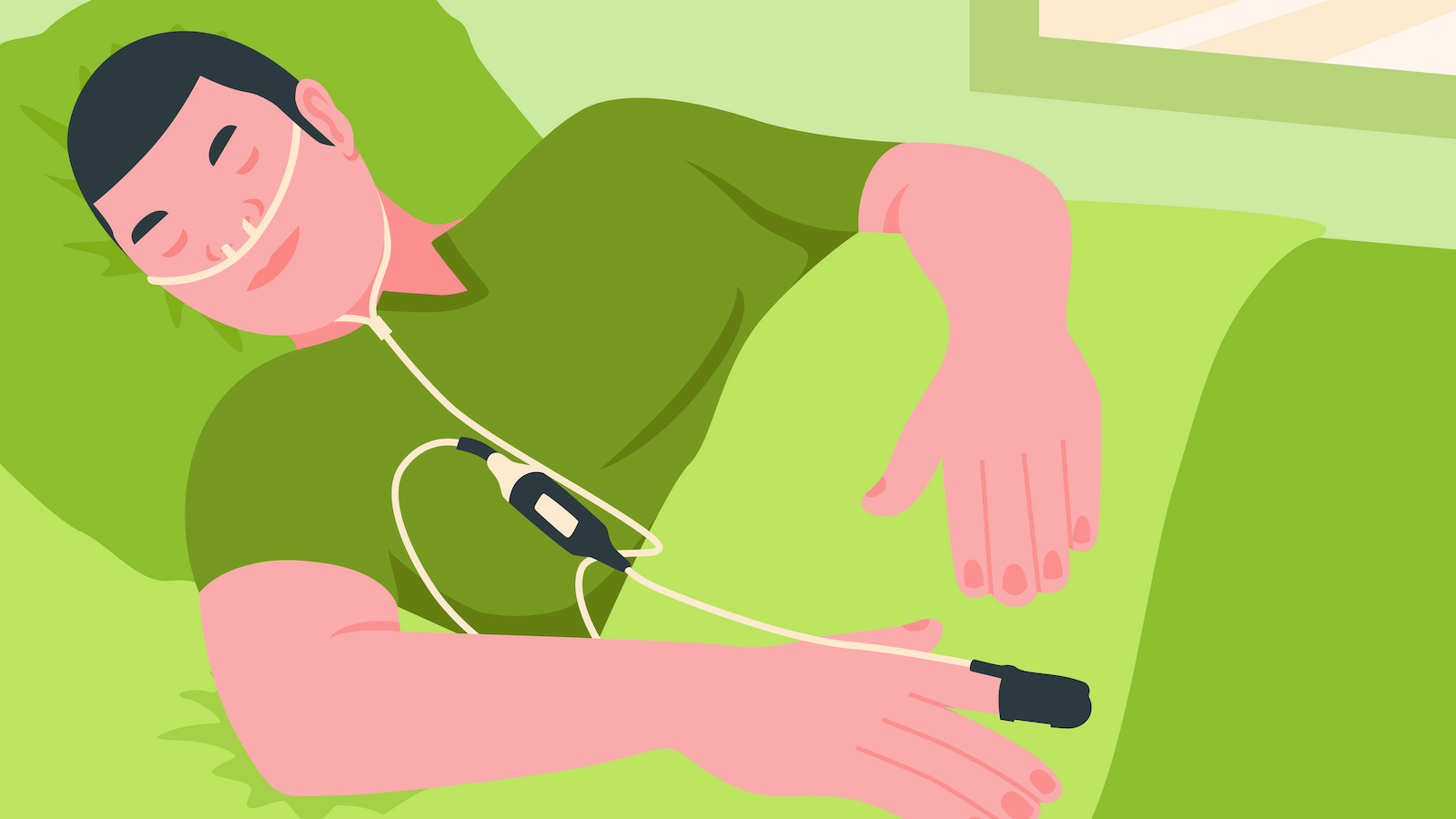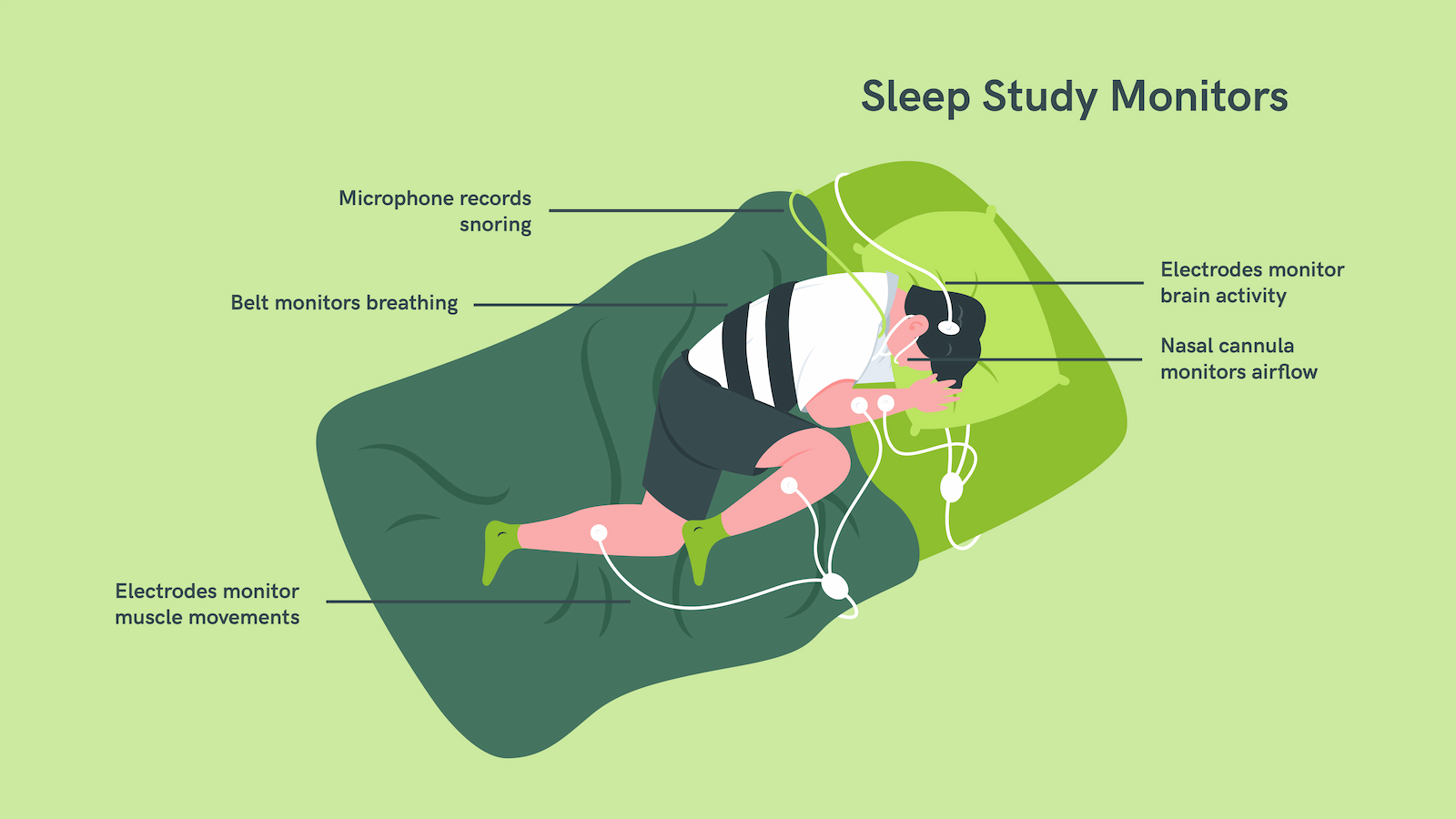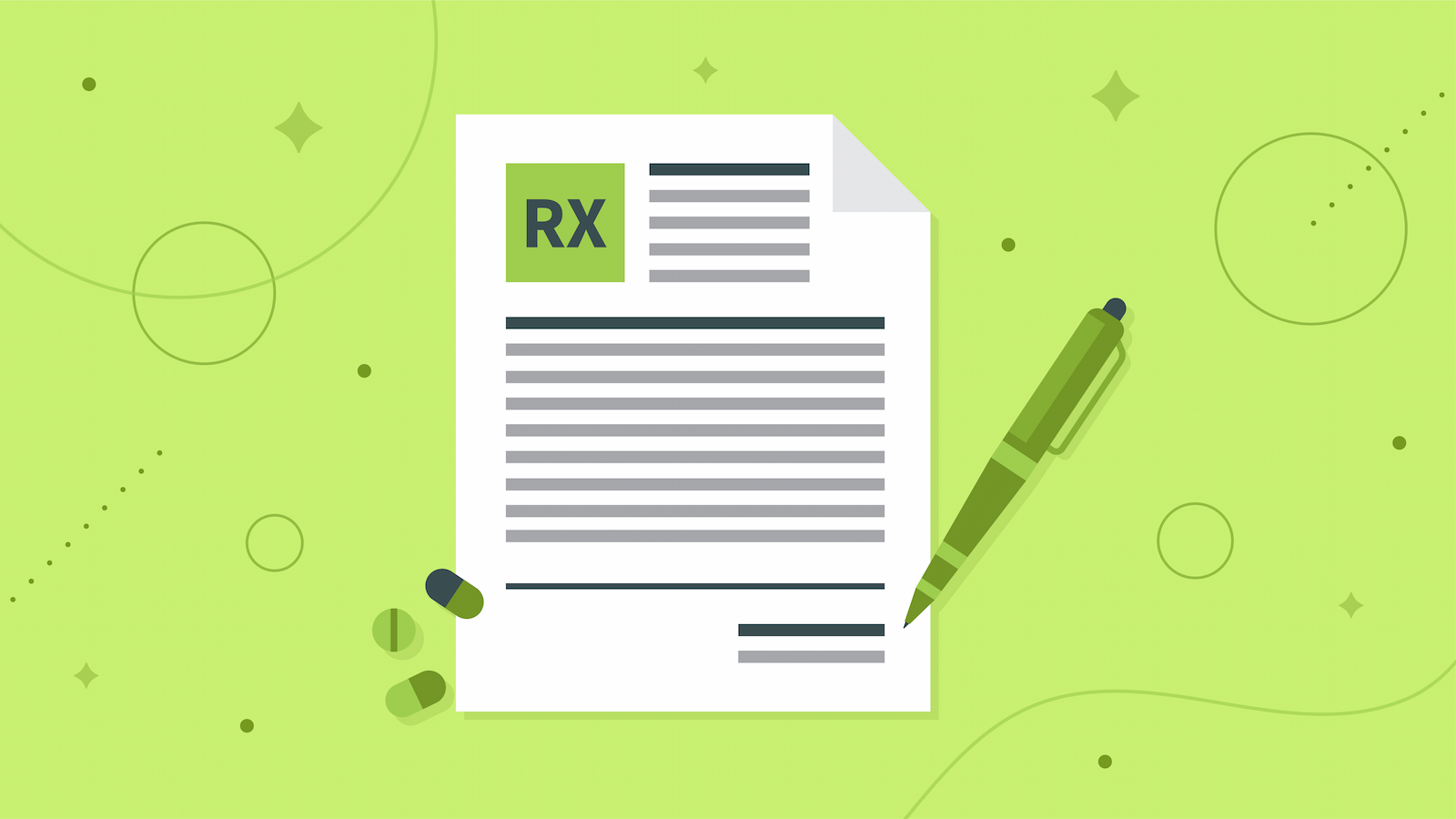A quick overview of what to expect and how to get started obtaining an apnea diagnosis

Diagnosing your sleep apnea is the first step in working to alleviate your symptoms, restore your quality of sleep, and take back your life.
But all the information available might seem daunting.
Fortunately, while sleep apnea severity and symptoms can vary significantly from person to person, diagnosing it is almost always similar.
In this guide, we’ll take a look at the sleep apnea diagnosis process to help you figure out how to proceed and get back to sleeping well quickly!
What are the Symptoms of Sleep Apnea?
Symptom type and severity can vary from person to person.
As such, it’s vital to get professional help in confirming your apnea diagnosis. If you experience any of the following, you should consider consulting with your care provider to explore possible causes.
Common adult symptoms of sleep apnea include:
- Snoring
- Night sweats
- Frequent nighttime urination or bedwetting
- Daytime sleepiness or fatigue
- Sexual dysfunction
- Headaches
- Restlessness during sleep, frequent nighttime awakenings
- Sudden awakenings with a sensation of gasping or choking
- Dry mouth or sore throat upon awakening
- Cognitive impairment, such as trouble concentrating, forgetfulness, or irritability
- Mood disturbances (depression or anxiety)

Sleep apnea symptoms for children can be even trickier to notice.
Unless you frequently monitor your child’s sleep, it might never occur to your child that something is wrong — least of all that it’s caused by sleep apnea.
If you notice any of the following, it might be time to consult with their pediatrician.
- Sluggishness or sleepiness throughout the day, often misinterpreted as laziness in the classroom
- Daytime mouth breathing and swallowing difficulty
- Frequently waking up with headaches or a sore throat
- Unusual sleeping positions
- Bedwetting
- Excessive sweating while sleeping
- Learning and behavioral disorders (hyperactivity, attention deficits)
- Unexplained reduced school performance
If you need a quick reference of what to look for, consider the STOP-BANG assessment:
- S: Snoring loudly
- T: Tired, fatigued, or sleepy during the day despite sleeping
- O: Observed not breathing by someone else
- P: Have been or are being treated for high blood Pressure
- B: Body mass index higher than 35 kg/m2
- A: Age more than 50
- N: Neck circumference greater than 40 cm.
- G: Gender is male
If three or more of the above apply to you, you are in the intermediate or high-risk group for obstructive sleep apnea.
NOTE: In many cases, it’s not the sleep apnea patient but their partner who reports the initial symptoms. Even if you experience frequent apnea episodes or wake up multiple times throughout the night, you might not remember it. If you have any suspicion at all, be sure to get in touch with your primary care provider to discuss your concerns.
Starting the Diagnosis Process
Regardless of the severity of your symptoms or where you’re located, the first step will always be to speak with your primary care provider or family physician.
A prescription is required for all PAP therapy equipment.
Your doctor can assess any information you’ve already gathered and determine if there is probable cause to research your symptoms further.

If they agree that you might experience apnea episodes while sleeping, they’ll typically request a sleep study to confirm the diagnosis.
In most provinces in Canada, this will mean an at-home sleep study.
However, if you live in Quebec, lab-based sleep studies are required instead.
A Brief Overview of Sleep Study Types
Both at-home and lab-based sleep studies have similar goals and collect information in comparable ways.
However, where they’re performed and the level of information gathered differ greatly.
Let’s look at the basics of each to compare what you might expect.
At-Home Sleep Studies
If you live in an area that allows at-home sleep studies, you’ll either go home from your appointment with a home sleep test (HST) or a referral for where to obtain one.
In most cases, this will include complete instructions on how to use the equipment.
Your doctor might even demonstrate things for you.
A home test is non-invasive, requiring just a few components to gather data while you sleep in the comfort of your bed.

Once the data is gathered, you’ll turn everything in with your doctor for a complete analysis and diagnosis.
In as little as a few days, you can discuss the results and options for treatment if needed.
A single study provides enough information in most cases to establish pressure levels and allow you to start CPAP therapy with minimal delays.
Related Guide: At-Home Sleep Studies Explored
Lab-Based Sleep Studies
If you live in an area that requires lab-based sleep studies, you’ll likely receive a referral to a sleep lab or sleep specialist from your primary care provider.
You’ll then need to schedule a study date. This can take some time as calendar availability varies.
In most cases, lab-based sleep studies are scheduled during the evening.
You’ll report to the lab with everything you need for a comfortable night’s sleep, and they’ll connect the various equipment needed to gather data while you sleep.

Once the sleep technician has analyzed the data gathered, they’ll forward it to your doctor so that they can decide on which PAP treatments would work best for you.
In some cases, you might need a second lab appointment to conduct titration — the process which determines the best pressure levels for your CPAP therapy.
Related Guide: What to Expect When Visiting a Laboratory for a Sleep Study
Following Up with Your Doctor
Regardless of the type of test conducted, you’ll need to head back to your doctor after your study to get your prescription.
There might be a slight delay between completing your study and when the data is analyzed and ready for your doctor to review.
This is especially true for lab-based studies where information is more in-depth and typically requires analysis by a sleep technologist or lab specialist.
At-home tests look at a more limited set of data. As such, the time required to analyze the information might be lower.

If your doctor concludes that you would benefit from PAP therapy, they will give you a prescription to obtain the equipment needed and start treatment.
This prescription will include information about the type of machine recommended, any CPAP accessories you might need, supplies to help maintain your machine, and any settings for the machine to provide optimal therapy.
You can then take this prescription to your preferred retail or online CPAP supply store for fulfillment!
Depending on your location, you could start therapy within days of ordering your equipment.
Next Steps After Diagnosis
Starting CPAP therapy might feel intimidating. But with the right approach, you can adjust to your mask and start enjoying the benefits of treatment.
Be sure to check our guides on essential tips for CPAP machine use and CPAP machine maintenance to help ease yourself into your new routines.
Consistency is everything.
While you might experience minor discomfort at first, stick with it.
If you cannot find a comfortable arrangement, speak with your doctor or CPAP supply provider about additional options.
While CPAP machines often use proprietary parts, there are loads of accessories and alternative solutions to help match your machine’s fit to your needs!
Key Takeaways
- Diagnosing sleep apnea most often starts with recognizing symptoms. In many cases, a partner will notice apnea symptoms before the person with sleep apnea.
- Consulting with your family doctor or primary care provider is an excellent way to start the medical side of the process.
- If your doctor suspects sleep apnea, they’ll recommend a sleep study.
- In many areas, at-home sleep studies are a popular alternative to lab-based studies as they can typically provide enough information to confirm apnea symptoms without the stress, discomfort, or time requirements of a lab-based study.
- If you live in Quebec, lab-based studies will be your only option.
- After your study is complete, your doctor will use the information collected to create a CPAP prescription that suits your therapy needs and sleep habits.
- With a prescription available, you’re ready to shop for your CPAP equipment!
CPAP Supply is Canada’s leading provider of CPAP machines, CPAP accessories, and the supplies needed to keep your CPAP machine running smoothly. Our selection of industry-leading brands means you can find virtually anything you might need in one convenient shop! Contact us today or browse our catalog to see how we can help you!
References:
- Mayo Clinic: Diagnosis & Treatment: Sleep Apnea
- WebMD: Sleep Apnea Tests and Diagnosis
- Cleveland Clinic: Disease & Conditions: Sleep Apnea
- American Sleep Apnea Association (ASAA): Getting a Sleep Apnea Diagnosis
- American Family Physician Journal: Diagnosis and Treatment of Obstructive Sleep Apnea in Adults
- Stanford Healthcare: Obstructive Sleep Apnea Diagnosis
- Harvard Medical School Division of Sleep Medicine: Sleep Apnea Self-Evaluation
- American Academy of Sleep Medicine: What is Obstructive Sleep Apnea?
- University of Michigan Health Lab: Diagnosing Obstructive Sleep Apnea: New Guidelines Help Doctors Decide
- Everyday Health: How Doctors Diagnose Sleep Apnea — and What to Expect at a Sleep Study
